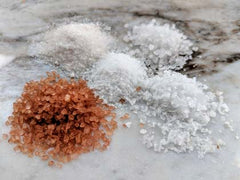There are several ways to add smoked flavors to foods without actually smoking it. The key is finding out what seasonings, herbs and foods will take on that transfers and compliments a dish. Salt, being one of the most important, and certainly most common flavorings, is a great seasoning to start with. Salt picks up smoke at a variety of levels, adding just a hint of flavor or a robust blast, depending on the type of wood and smoking time.
SMOKING SALTS IN THE LITTLE CHIEF SMOKER
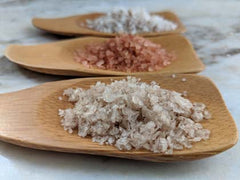
To err on the side of caution, try smoking small batches of salt in 20 minute intervals, and after it has rested a day, compare results. Take good notes and label the salts so you can replicate your results. Also, trying different salts such as kosher salt, sea salt, flake salt or Himalayan salt may yield unique flavor profiles.
There are no actual measurements for smoking salt; smoke as much or as little as you'd like for a specific recipe or just have on hand. Larger amounts of salt are best smoked in a parchment-lined, disposable aluminum pan, as shown. Smaller amounts can be placed in a coffee filter over a mesh plastic or fine metal grate.
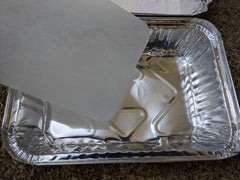
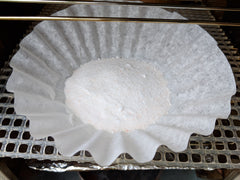
When choosing a wood flavor, go bold with hickory or mesquite or subtle with apple or alder chips. Two to Three pans of chips smoked over 4-6 hours will add a rich smoke flavor to just about any type of salt.
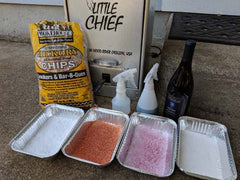
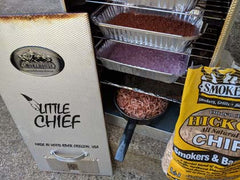
To infuse flavor from liquids like wine, juice or spirits, simply add to a spray bottle and lightly spritz salt once prior to smoking or several times during the smoking process. Coarse salt is less likely to clump when flavoring with liquid.
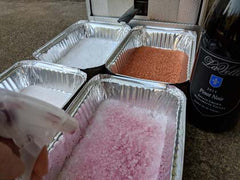
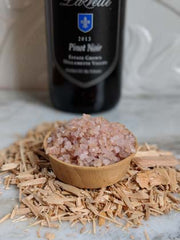
The highest concentration of smoke flavor will be on the outer "crust" of the salt. For more smoke flavor, stir salt a few times during the smoking process.
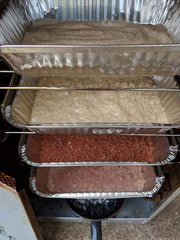
Other flavors can be added to the salt to infuse even more flavor. Try adding dried dill, rosemary or dehydrated garlic to smoked salt and see how good it can be.
Store smoked salt in seal-able containers and don't forget to label.
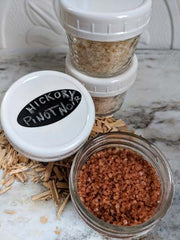
Recipe by: Tiffany Haugen

